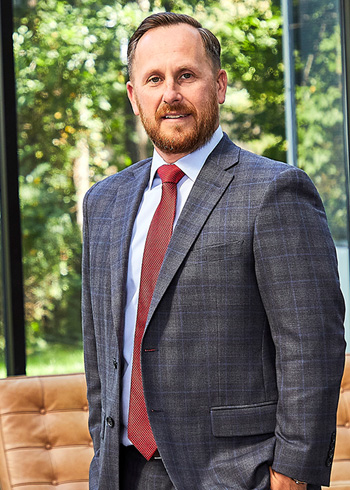Manufacturers have a huge economic incentive to produce products for the American market. Sometimes, this incentive leads manufacturers to relax their safety standards or cut compliance costs in order to increase their profits. Ultimately, defective products are produced which negatively affect the physical, emotional and psychological health of consumers.
If you are a New York resident who’s been injured by defective products, you have a right to sue but it lasts for only so long. Consult a New York products liability attorney today.
Product Liability in New York
Product liability laws defend consumers from dangerous practices by manufacturers such as producing unsafe, dangerous products. Any product can be defective including car brakes, airbags, pharmaceutical drugs, food supplements, lawnmowers, hair dryers, vacuum cleaners, electric house wires, stoves and even construction and repair equipment.
Whenever a manufacturer produces a faulty and defective product that causes injury to a consumer, a legal action can be brought against the manufacturer and anyone in the product’s line of distribution including suppliers, wholesalers and retailers, for:
- Negligence
- Strict liability
- Breach of warranty
These actions intertwine and in practice, plaintiffs include all of them in their complaints.
What Does the Plaintiff Have to Prove in a Product Liability Claim?
It depends on the action brought against the defendant.
- Negligence – New York PJI 2:125
For actions brought under negligence, the plaintiff has to prove:
-
- The manufacturer owed a duty of care to the consumer
- The manufacturer failed to exercise reasonable care in manufacturing the product. Since the people in the line of distribution do not manufacture, their liability would be restricted to failing to inspect or reasonably test the product.
- The plaintiff suffered injury after using the product in a normal manner or in a reasonably foreseeable manner
With negligence, the plaintiff must prove fault; that the manufacturer failed to exercise reasonable care in the making of the product or that the distributor, wholesaler or retailer failed to inspect the product.
- Strict Liability – NY PJI 2:120
A manufacturer or person in the line of distribution who sells a product that is defective is liable for injuries caused by the product to a consumer who uses the product as intended or in a reasonably foreseeable way.
Here, the plaintiff only needs to prove:
-
- The product was defective
- The defect was the proximate cause of injury.
The plaintiff does not need to prove fault. In fact, the manufacturer does not even have to know that the product was defective. What matters is that the product was defective and the defect caused the injury. The plaintiff does not even have to have contracted with the manufacturer; an innocent bystander who was affected can sue.
In both negligence and strict liability, a product can either be defective in its:
-
- Design
- Manufacturing
- Failure to warn of dangers or risks from intended and unintended uses.
It is an implied warranty that a product sold is fit for its ordinary purpose. If a product is not fit for its ordinary purpose, there is a breach of warranty by the manufacturer.
If you or someone you love was injured after using a defective product, contact the personal injury lawyers at Nagel Rice, LLP today to get started on your case against the manufacturer at fault.
